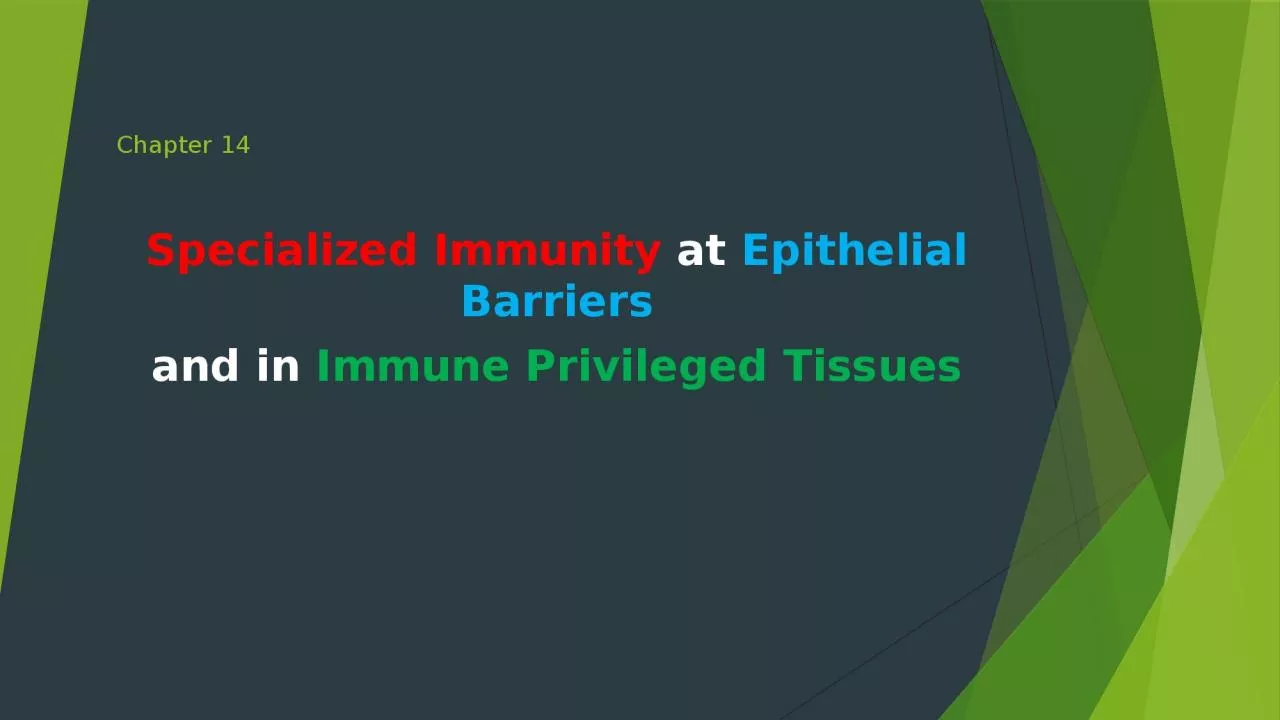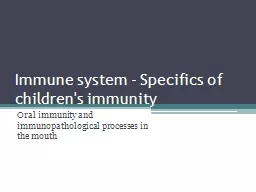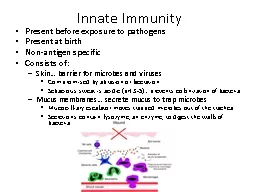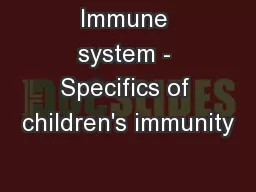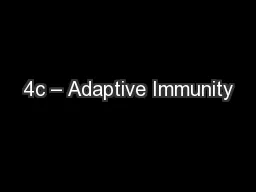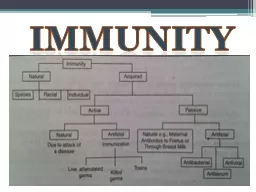PPT-Chapter 14 Specialized Immunity
Author : thomas | Published Date : 2023-05-21
at Epithelial Barriers and in Immune Privileged Tissues The collection of the immune cells and molecules serving specialized functions at a particular anatomic
Presentation Embed Code
Download Presentation
Download Presentation The PPT/PDF document "Chapter 14 Specialized Immunity" is the property of its rightful owner. Permission is granted to download and print the materials on this website for personal, non-commercial use only, and to display it on your personal computer provided you do not modify the materials and that you retain all copyright notices contained in the materials. By downloading content from our website, you accept the terms of this agreement.
Chapter 14 Specialized Immunity: Transcript
Download Rules Of Document
"Chapter 14 Specialized Immunity"The content belongs to its owner. You may download and print it for personal use, without modification, and keep all copyright notices. By downloading, you agree to these terms.
Related Documents

